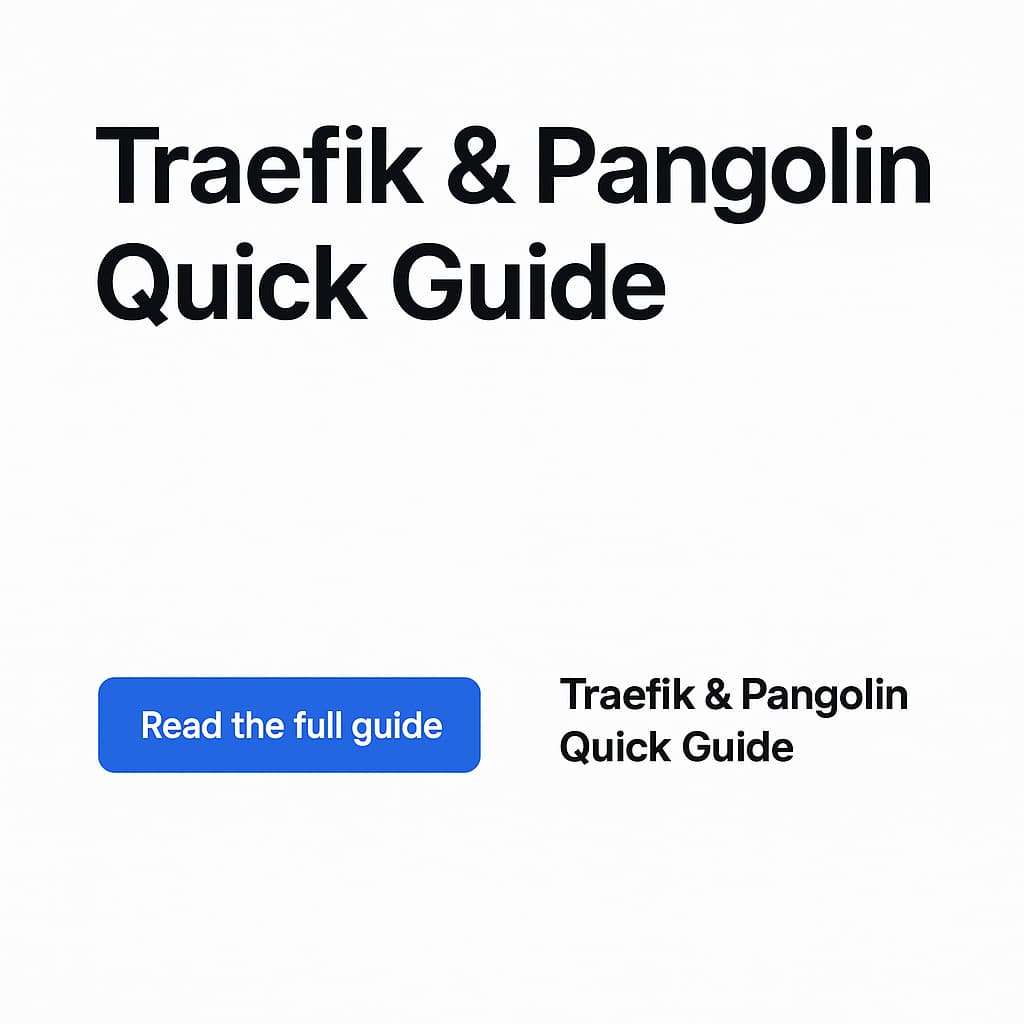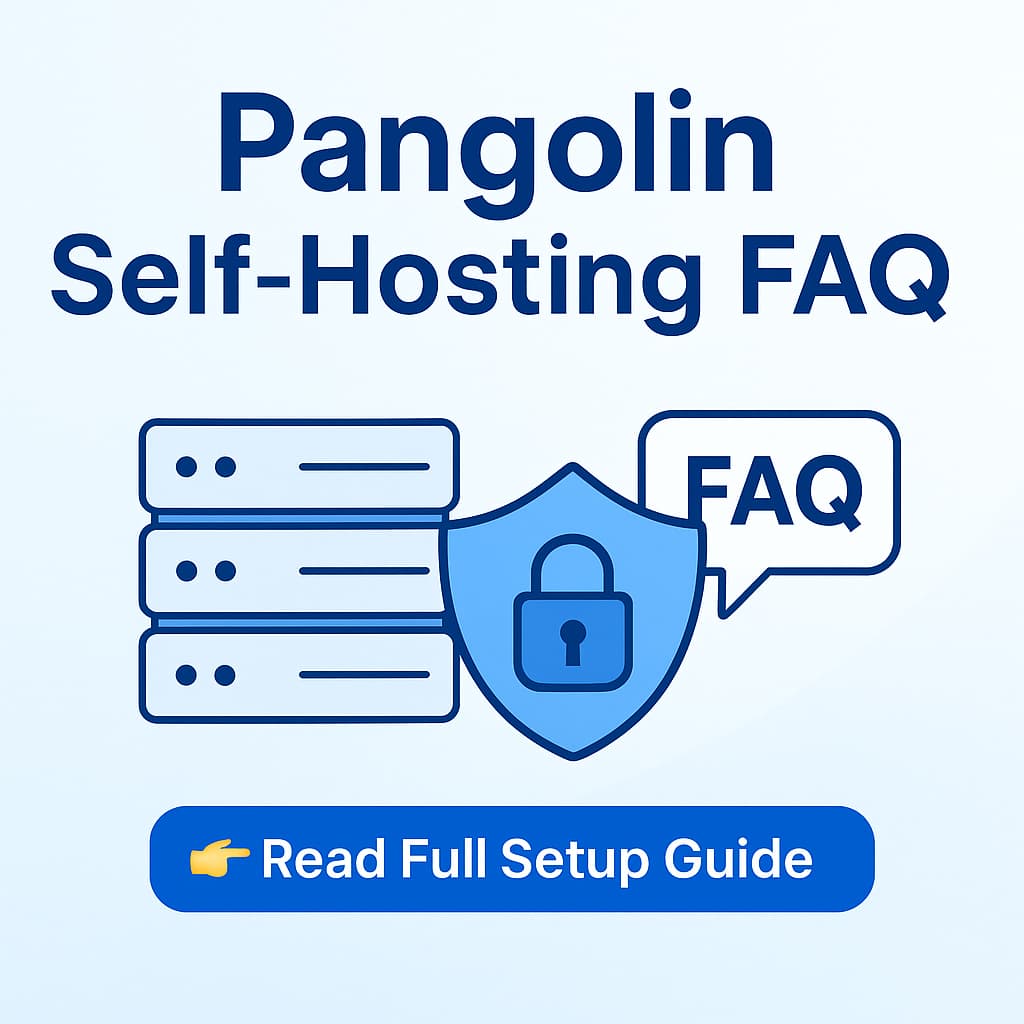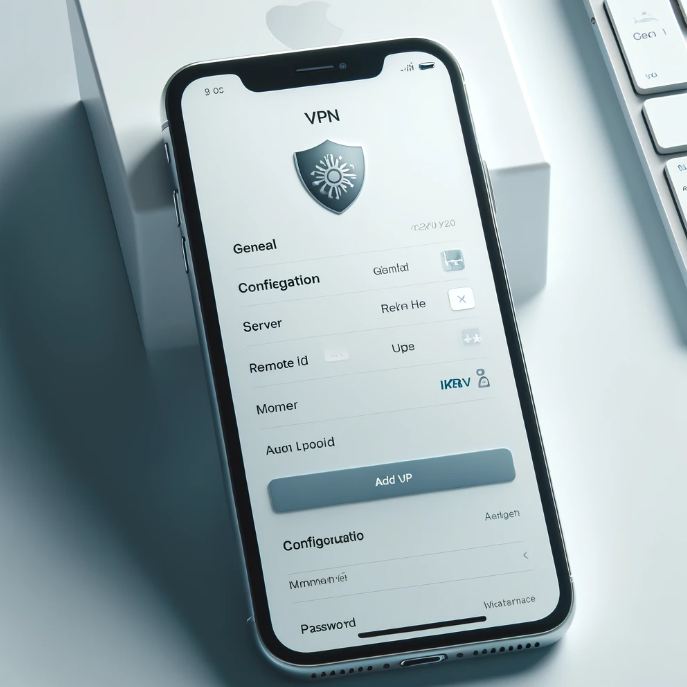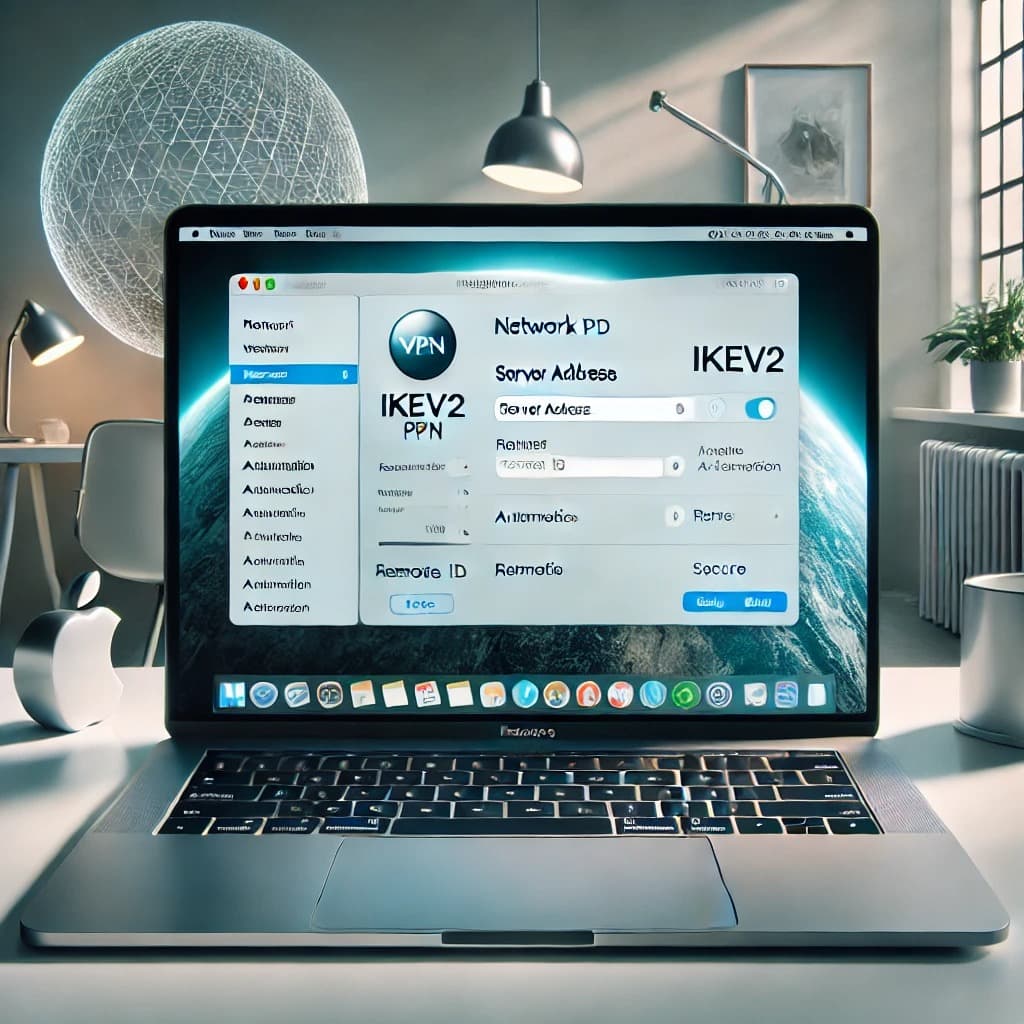Have you been looking for a way to securely expose your home network applications without the hassle of port forwarding? A Cloudflare Zero Trust Tunnel might be the perfect solution for you. In this blog, we’ll explore the basics of what it does, why it’s beneficial, and provide you with a link to a more detailed step-by-step guide to get started.
What is a Cloudflare Zero Trust Tunnel?
A Cloudflare Zero Trust Tunnel creates a secure connection between your local server and the Cloudflare network. Unlike traditional methods that require port forwarding and exposing your IP to the internet, this tunnel keeps your applications hidden and protected while still making them accessible globally.
Why Use a Zero Trust Tunnel?
- Enhanced Security: Your server remains invisible to external threats.
- No Port Forwarding: Simplifies configuration and bypasses ISP restrictions.
- Global Access: Makes your applications accessible from anywhere without compromising privacy.
- Easy to Set Up: The process is straightforward and does not require advanced networking knowledge.
Steps in a Nutshell
- Install Cloudflared: The lightweight utility needed for setting up the tunnel.
- Create a Tunnel: Use Cloudflare’s interface to establish a secure connection.
- Configure DNS: Point your domain or subdomain to the tunnel.
- Start the Tunnel: Test your application to ensure it’s accessible.
Want the full guide with detailed commands and examples? Click here for the complete guide.
FAQs for Quick Answers
Q1: Do I need a static IP for this setup?
A1: No. A static IP is not required because the tunnel connects through outbound-only connections.
Q2: Is this service free?
A2: Yes, Cloudflare offers the Zero Trust Tunnel feature for free, but advanced features may require a paid plan.
Q3: Can I use this for multiple applications?
A3: Yes. You can configure multiple applications using different subdomains within a single tunnel.








